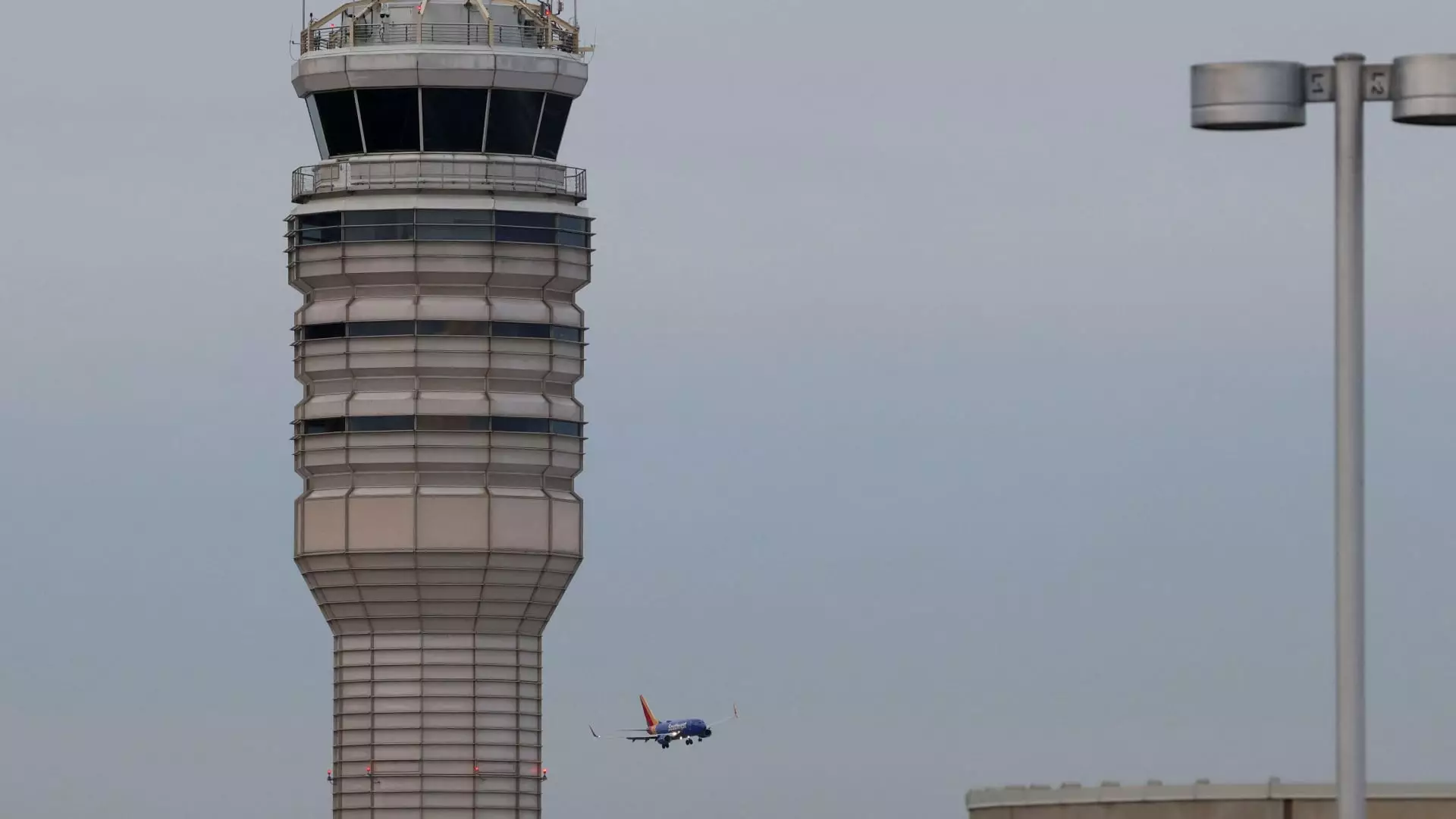In a shocking turn of events, a tragic collision between an Army Black Hawk helicopter and an American Airlines jetliner occurred earlier this week over Washington, D.C., resulting in the loss of 67 lives. This high-profile crash has sent shockwaves through the aviation industry and raised serious concerns about airspace safety. Following this catastrophic incident, the Federal Aviation Administration (FAA) has announced immediate restrictions on helicopter traffic around Ronald Reagan Washington National Airport (DCA), indicating a proactive response to prevent future occurrences.
Transportation Secretary Sean Duffy emphasized the urgency of the recent airspace restrictions in a statement posted on social media platform X. He characterized the decision as a “significant step” aimed at reassuring the public about the safety of the nation’s air system. The designated restricted area spans from Memorial Bridge to South Capitol Street Bridge—essentially creating a buffer zone around one of the busiest airports in the country. By doing so, the FAA is prioritizing the immediate safety of both fixed-wing and rotary-wing aircraft operating in this heavily trafficked corridor.
The move has garnered support from various aviation stakeholders, including American Airlines CEO Robert Isom, who commended the quick and decisive actions taken by the administration. Isom expressed gratitude towards the government for prioritizing aviation safety while underlining the need for comprehensive investigations to understand the root causes of the incident.
The collision has provoked an intense examination of operations in the nation’s airspace. Todd Inman from the National Transportation Safety Board revealed that helicopters typically follow organized flight tracks in Washington, which allows for systematic navigation through what can be a chaotic environment. However, the transition from one track to another proved fatal in this situation. As the controller of the American Eagle Flight 5342 approached for landing, the unforeseen presence of the military helicopter posed a grave risk.
This tragic accident is noteworthy not only as the first commercial airline crash in the U.S. within 15 years, but also as the deadliest one since 2001. The investigation is diving deep into factors such as the altitude at which the aircraft were operating, decision-making by the air traffic control team, and broader protocols in military aviation to ensure that all aircraft maintain a safe distance from commercial flights.
The Path Forward for Aviation Safety
In light of this calamity, the FAA’s proactive measures offer a glimpse of the adjustments that may be necessary to fortify air traffic regulations. As investigations unfold, it is crucial for federal aviation agencies to analyze all layers of air traffic management rigorously. This incident is not just a wake-up call; it presents a pressing need for a reevaluation of safety protocols, enhanced communication strategies, and effective oversight to avoid such tragedies in the future.
As the aviation community honors the lives lost in this accident, stakeholders must collectively work towards a safer airspace, ensuring that the public can place their trust back in the systems designed to protect them. The recommendations stemming from this investigation could potentially reshape the future of air traffic regulations, ultimately fostering a safer environment for all who travel by air.

